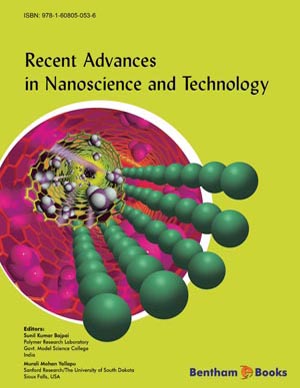Abstract
In this chapter, we present the study of SiC nanoparticles obtained by pyrolysis and self-propagating high temperature synthesis (SHS) method using multiapproaches electron paramagnetic resonance (EPR) methods, including continuous wave EPR, field swept electron spin echo (FS ESE), pulsed electron nuclear double resonance (ENDOR) and four-pulse electron spin echo envelope modulation ESEEM (hyperfine sublevel correlation, HYSCORE) spectroscopy. Three paramagnetic defects were observed in SiC nanoparticles. Two of them with giso = 2.0029(3) and giso = 2.0043(3) were assigned to carbon vacancy VC localized in the cubic (β) and hexagonal (α) phase of the SiC nanoparticles, respectively. The paramagnetic defect with giso = 2.0031(3) was attributed to the sp3-coordinated carbon dangling bonds (CDB) located in the carbon excess phase of the SiC nanoparticles. The paramagnetic defect with giso= 2.0037(3), which was observed only in SiC nanoparticles obtained by SHS method was attributed to the bulk intrinsic defect having a Si-NSi2 configuration and located in α-Si3N4 phase of the SiC nanoparticles. A high delocalization of the electronic wavefunction of the unpaired electron for the carbon vacancy VC localized in the cubic crystalline phase of the SiC nanoparticles was found from the detail study of the VC ligand structure by pulse ENDOR and HYSCORE methods.
Keywords: a-Si3N4 phase, Carbon dangling bonds, Carbon excess, Carbonvacancy, Davies ENDOR, EPR, Field-swept electron spin echo (FS ESE), Hydrogen, Hyperfine coupling, HYSCORE, Intrinsic defects, Mims ENDOR, Nanoparticles, Pulse EPR, Silicon carbide (SiC), Superhyperfine coupling, Spin density, Stoichiometry, α-SiC phase, β-SiC phase.



















